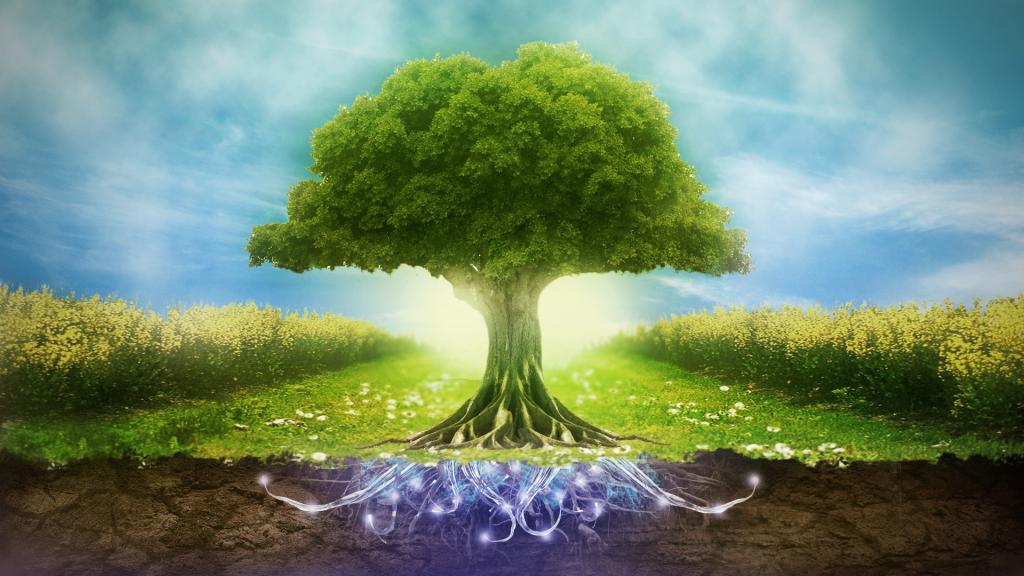Some people equate the terms “natural environment” and “environment”, not realizing that the first is an integral part of the second. A person lives in a complex and diverse world, he is surrounded by a variety of groups of factors, while he exerts his influence on many of them - both negative and positive. Now we are actively talking about the need to preserve our environment, especially the natural one. Below we propose to get acquainted with what is the natural environment (PS), what types of it is customary to distinguish, what impact does a person have on it and what measures are taken to protect it.
Definition
This definition is most often used: it is a combination of biotic and abiotic environments that affect a person and his activity. If in the teachings of the past the natural environment was equated with the term “nature”, since the ability of a person to exert influence on it was severely limited, now the situation has changed: nature and the natural environment are not more synonymous.
People’s activities are increasingly affecting the environment. Changing environmental conditions and space exploration made it necessary for a person to determine his place in the world, a more detailed outline of its borders. An abstract, generalized understanding of nature is no longer relevant.
There is another approach according to which the natural environment is equated with the human environment. So, adherents of such a definition say that PS is a place where people live. In addition, other living organisms live here.

Differentiation of concepts
Considering what the natural environment is, one should separate this term from a somewhat similar, but at the same time completely different - the environment (OS).
So, the environment is everything that is next to a person, surrounds him. In it, people are born, live and die. Her man is trying to modify, engaged in industrial and economic activities.
OS is a broader concept that includes 3 components:
- natural environment;
- modified (subjected to changes by humans);
- transformed (completely transformed by people).
And what is the natural environment? This is a combination of natural and natural-anthropogenic phenomena and objects that affect a person and his economic activity.
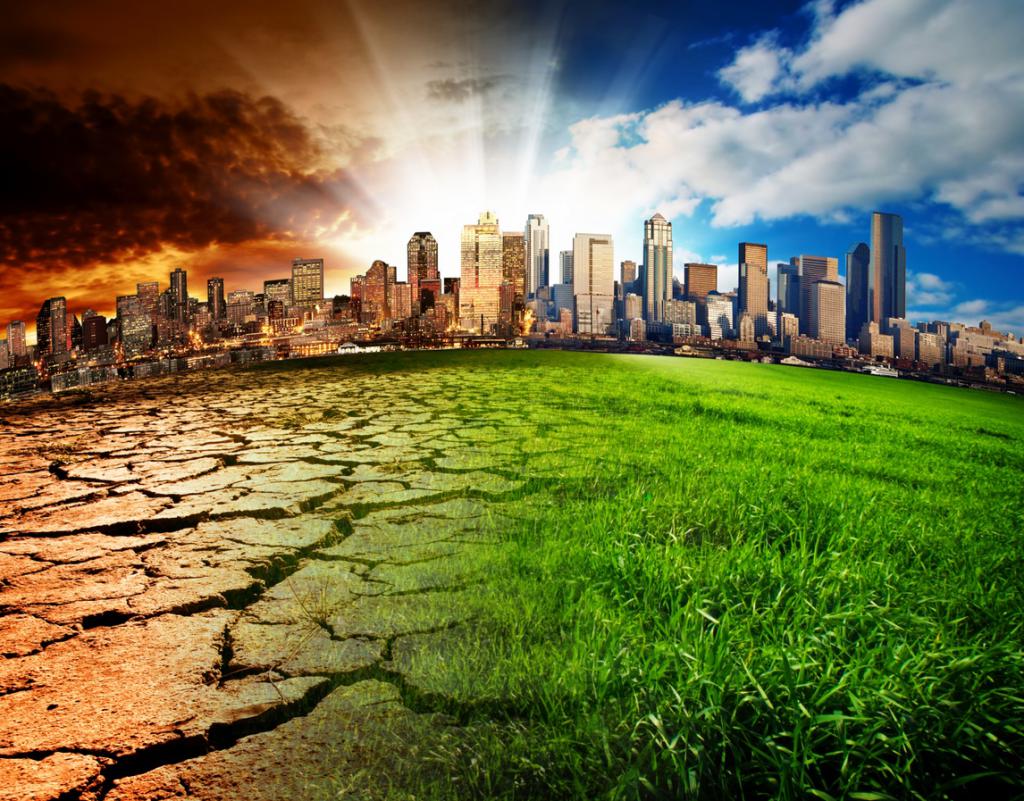
Term role
Why did it become necessary to single out the term “natural environment” and come up with a definition for it? In fact, everything is quite simple. In nature, in particular beyond the borders of our solar system, there are many phenomena that do not affect people and therefore are unimportant.
And considering what the natural environment is, a person has invested in this term that part of the phenomena and processes of nature that have a direct impact on his activities. Its composition is heterogeneous and includes the following components:
- atmosphere;
- hydrosphere;
- lithosphere;
- biosphere.
If you use a slightly different approach, you can name air, water, soil, organisms, solar energy as components.
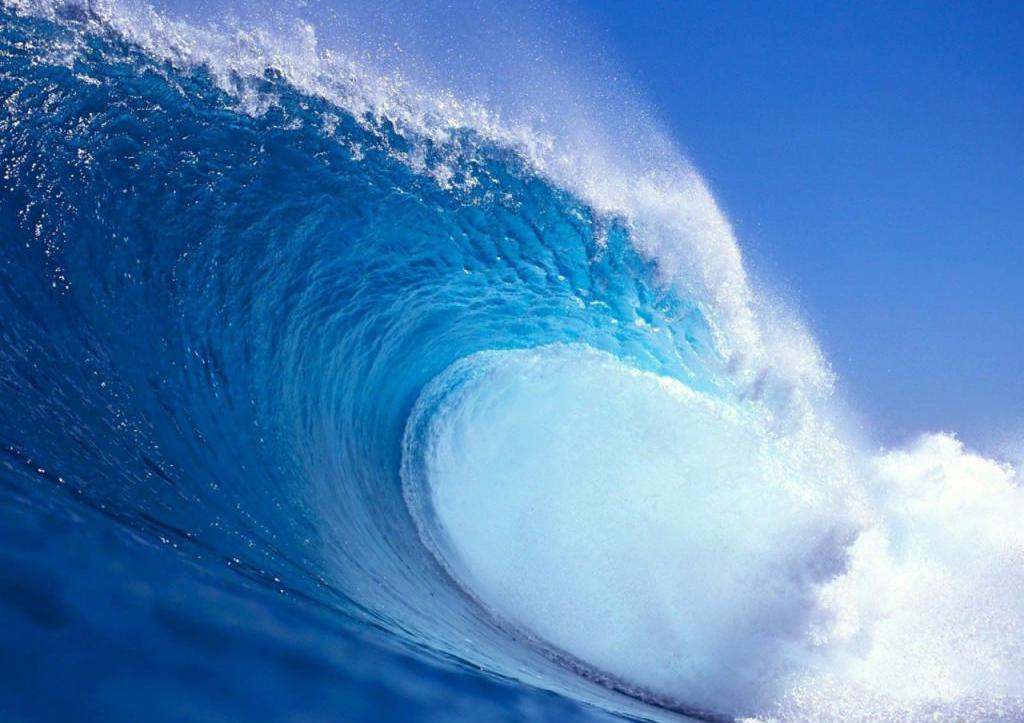
Classification
We will get acquainted with the main types of the natural environment. There are two of them:
- first nature, that is, that natural environment that is not changed by man;
- the second nature is the natural environment changed by people.
Thus, in the process of their life, people not only create an artificial social environment, but also modify the natural one.
In addition, classification is used for:
- living environment (this includes plants, animals, microorganisms);
- inanimate environment (this is the atmosphere, hydrosphere, lithosphere).
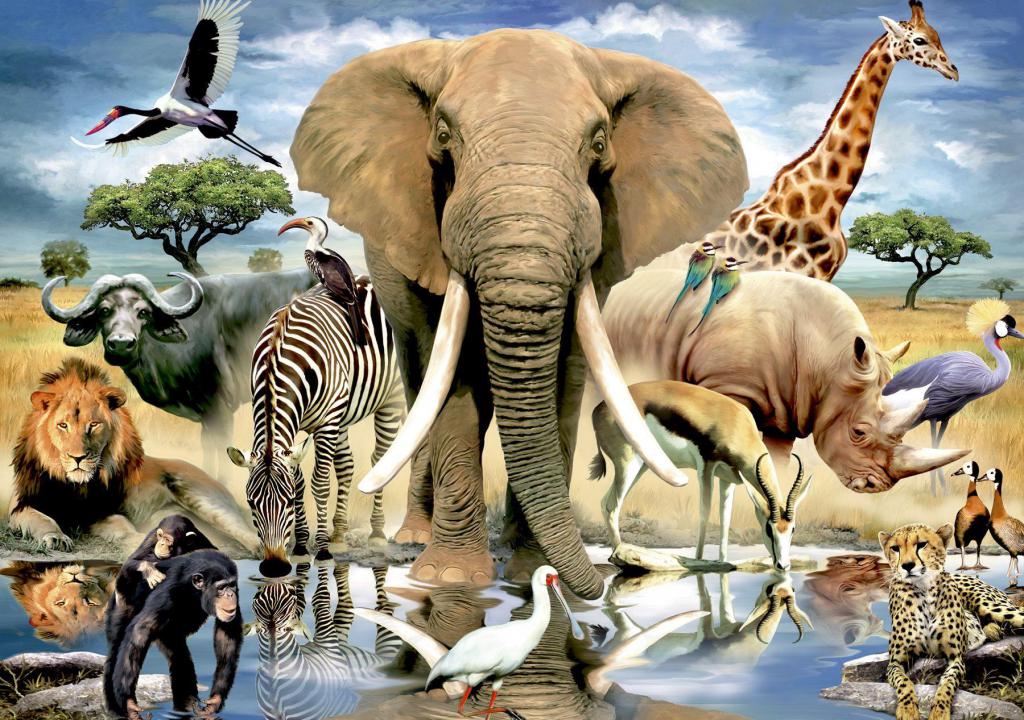
Use in ecology
Human activity leads to changes in the natural environment. People cut down forests in order to build cities or engage in agriculture in their place, drain swamps, lakes, and change river beds. All this cannot but have an impact on the general environmental situation. So, under the influence of people, the terrain can change. At the same time, such thoughtless interference in natural processes can cause a reverse reaction: earthquakes, floods, landslides and other natural disasters.

This phenomenon is called a chain reaction. To conduct a reliable analysis of the environmental situation, it is very important to correctly establish cause-effect chains. This is the only way to offer truly effective ways to solve the problem.
Specific features
Considering the natural environment and natural conditions, it should be noted that this system is complex, each of its components is directly connected with numerous other chains of links. Changes in one of them (for example, in the atmosphere) invariably entail changes in the other (air pollution will affect the quality of life of inhabitants of the airborne environment, many of which are doomed to extinction).
The system has a unique ability to self-healing, which, however, due to the active activity of people, gradually weakens and can be lost.
Components
In the following table, we consider the components of the natural environment.
| Component Name | Brief description of it |
| Land | The totality of soil, water, flora and biomass, as well as processes and phenomena occurring within this system |
| Bosom | An element of the earth's crust, located under the soil layer or under the bottom of water bodies. Its depth makes geological exploration available. |
| The soil | The surface layer of land, upper fertile, consisting of organic and inorganic components |
| Atmospheric air | This is a natural mixture of gases located outside the borders of a person’s home. |
| Water (surface, underground) | Part of the hydrosphere, which is one of the habitats, the most important resource necessary for human life and activity |
| Vegetable world | These are all wild plants and their populations. |
| Animal world | These are all wild animals living in their natural environment: on land, in air or in water |
| Ozone layer | Part of the stratosphere saturated with ozone. Protects the earth from the sun's UV rays |
| Near Earth Outer Space | A portion of the universe located near the boundary of the Earth’s atmosphere |
All these components in their entirety create favorable conditions for life on the planet. In addition, individual researchers include in the number of components also such:
- the woods;
- specially protected natural areas;
- climate;
- landscapes (both typical and rare).
The system is holistic, each of its components is important.

Natural resources
In the natural environment, it is customary to distinguish:
- Natural resources;
- natural conditions.
The first are objects of the natural world that people need for life and industrial and economic activity. These include: air, water, soil, minerals, representatives of flora and fauna. That is, this entire combination of phenomena of both living and inanimate nature, which are necessary for man.
This is the main relationship between society and the natural environment - the latter provides people with resources, people spend them. Since about the middle of the 20th century, industry has gained astonishing rates; people began to need more oil, coal, gas, which could not but affect the state of the environment.Now the environmental problem has become more urgent than ever, mankind seeks to make greater use of the infinite natural resources, such as wind, sun, water. Such technologies do far less harm.

Natural conditions
Consider another term. Under natural conditions are understood those elements of nature that have a direct impact on a person and his activities, but are not used in production. For example, this is climate. The ability to engage in one or another type of activity, for example, agriculture, depends on him, but people cannot use the climatic conditions themselves to create wealth.
Also here are some representatives of the animal and plant worlds. It is very important to preserve the natural environment, its conditions and resources, since many of them cannot be restored.
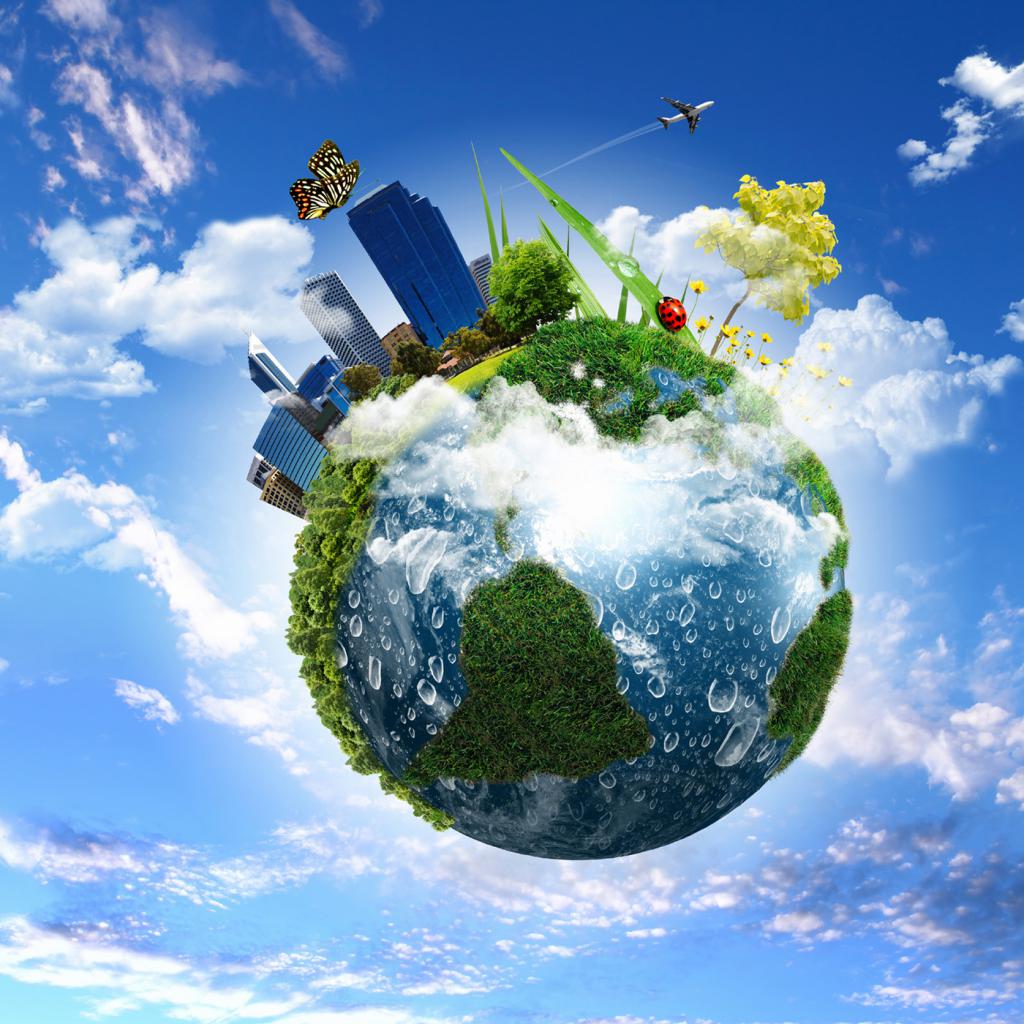
Security and protection
Consider what measures people are taking to reduce their negative impact on nature. There are a lot of them. First of all, methods are divided into active and passive. So, the former implies the fight against pollution itself, and the latter - reduction of its consequences.
Here are some examples. Passive - this is the creation of various laws and other regulations that regulate the features of industrial enterprises. Also here you can include cleaning a reservoir of oil, moving endangered animals to the territory of reserves and reserves.
Active are also diverse.
- Replacement of toxic (non-recyclable) waste with non-toxic (recyclable). It is clear that every industrial enterprise in the process of its activity creates waste. But now all measures are being taken to make this garbage safer. In addition, industrial giants themselves develop and implement technologies to minimize waste.
- Creation of systems aimed at the full use of all available raw materials.
- The use of the water cycle, allowing the company to reduce the amount of consumption of this resource and its pollution.
In addition, the protection of the natural environment is carried out at the global level. So, the burial of especially dangerous objects in the oceans is recognized as unacceptable.
We got acquainted with the types of the natural environment, its resources and conditions, the features of the protective and protective activities carried out by mankind. Nature is now in danger, industry is rushing ahead at a rapid pace, not only using the huge amount of resources that have been created millions of years before, but also throwing harmful substances and gases into the atmosphere. This inevitably leads to pollution, which, in turn, reduces the ability of the natural environment to recover.
